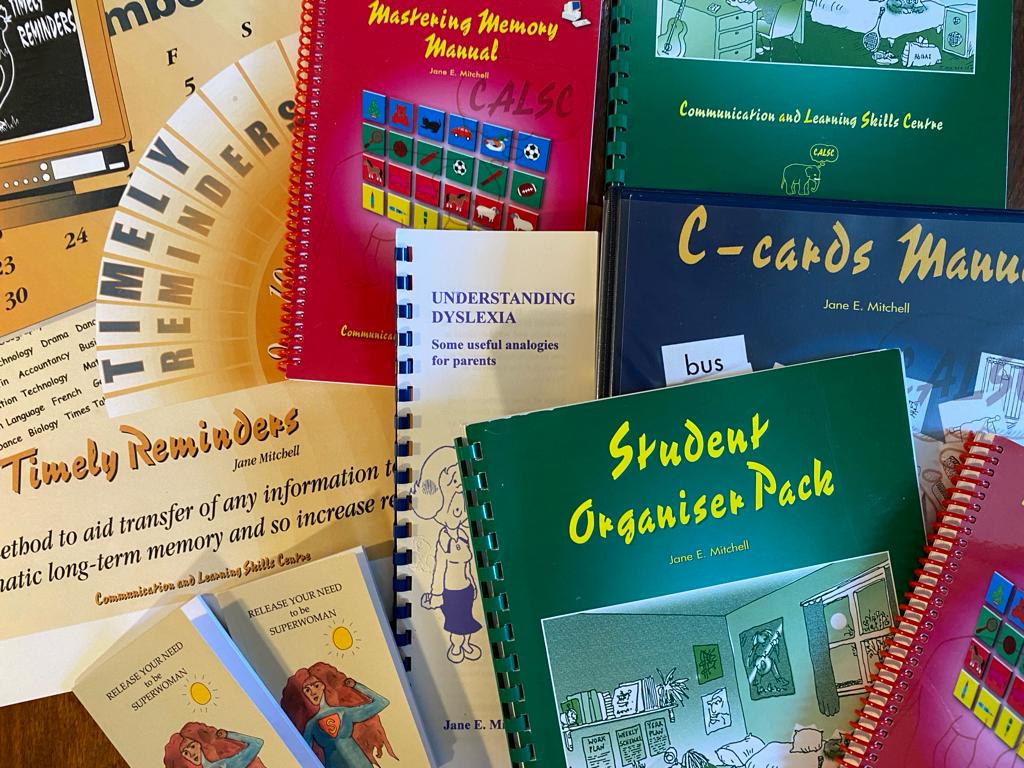
Mastering Memory Manual
This is the original training manual that accompanies the Mastering Memory Pictures and Mastering Memory Pro Apps for iPhone / iPad, Android and Windows. It contains information about memory strategies and how to teach them for those wishing to go into more depth. Help on the basics of operating the Apps is contained in the App.
Please note that the Windows' version and Apple versions of Mastering Memory will download and work on desktop computers, which may be useful for anyone wanting to work with a larger screen size.

Pictures used in Level 1 of the Mastering Memory App:

About Mastering Memory
Mastering Memory is a tool you can use to help improve the understanding and strategies of both Short-Term Memory and Transfer to Long-Term Memory. Both auditory and visual sequential memory are addressed and both are needed for many learning and life skills.
Originally, Mastering Memory was used by schools and therapists but more recently many adults have found it helpful if they have been worried about their memory.
Whilst it is presented as a computer program, the essence of successfully using Mastering Memory is the discussion that takes place between the teacher / parent and user. This metacognitive discussion, and how to transfer and generalise to real life, is explained in this accompanying manual.
Mastering Memory was designed by Jane E. Mitchell, who trained as a Speech and Language Therapist and dyslexia teacher (RSA diploma in Specific Learning Difficulties). Her wide experience includes work at Westminster Children's hospital, a residential school for autistic children, and Fairley House School for dyslexic children. She has been a tutor for the RSA diploma and lectured for many years on memory, thinking and study skills at UCL and I CAN, where she was known for her useful practical approach.
Jane learned the techniques of Tony Buzan while still at school and has been trained in Feuerstein's Instrumental Enrichment, Neurolinguistics by Dr. Willie Monteiro and Thinking Skills by Dr. Edward de Bono.
Jane has run the Communication and Learning Skills Centre (CALSC) since 1988 and provides the www.understandingdyslexia.co.uk website. Jane has previously provided the Student Organiser Pack, C-Cards Manual, Memory Bricks and the Timely Reminders computer program.

About the Mastering Memory Manual
Mastering Memory is not a conventional memory training app. Mastering Memory will not improve a student's memory skills if the student uses it on their own.
The improvement comes from the intervention of the adult helping, who uses ideas contained in this Mastering Memory Manual to mediate an improvement in the selection and use of memory strategies by the student.
The Mastering Memory Manual explains what strategies people with a good memory use automatically. Sometimes a student has strengths, or learning styles, or preferred speeds of learning that they are not aware of. Increasing their self-awareness can lead to improved memory and learning of new information.
A student with memory difficulties needs to be taught alternative strategies which will work for him. He cannot see what others do in their heads in order to imitate them. Nor can the Mastering Memory app see inside the student’s head in order to diagnose the issue(s) and effect an improvement. Instead, the teacher and the student work together, using the Mastering Memory app as a tool by which the student can explore his memory skills and experiment with alternative strategies.
The Manual also makes suggestions for achieving successful generalisation of memory skills to other types of sequences and transfer of their use to other situations. There is no benefit to doing this program every day. But you do need to appropriately review the strategies and remind the child/pupil/student to use the strategies learned with Mastering Memory in other situations.
Level 4 of the Pictures module can be difficult for most adults – and stretches the use of memory strategies. Here is one example of some of the pictures at Level 4 of the pictures module.

Pens and pencils pointing down

Pens and pencils pointing left

Pens and pencils pointing right

Pens and pencils pointing up
Contents of the Mastering Memory Manual
Mastering Memory Manual
QR Codes and links
Contents
Mastering Memory images
The Mastering Memory Story
Warning, please read me
Preface
CHAPTER 1
MASTERING MEMORY: AN INTRODUCTION
Who can use Mastering Memory?
Description of Mastering Memory
The aims and principles of Mastering Memory
CHAPTER 2
STRATEGIES TO IMPROVE MEMORY
Introduction
Overview of strategies
Awareness of learning style and modality of input
Attention and concentration
Naming / labelling
Rehearsal
Visualisation
Linking
Chunking
Grouping
CHAPTER 3
TRANSFERENCE AND GENERALISATION OF MEMORY STRATEGIES
Overview of processes
Automaticity of original learning
Similarity between learning situations
Motivation and belief
Remembering to remember
Time scale
CHAPTER 4
USING MASTERING MEMORY
Using the program
Help Screens
My name screen
Names
Buttons always shown on the screen
Select a module
Pictures
Colours, Shapes, Numbers and Letters
Signs and Symbols
Photos
Abbreviations
Select the difficulty level
Picture selection
Choose the number of pictures
Decide the presentation modality
Decide the duration between each presentation and who selects the order
Teacher select chosen order
When you are ready, click on the Next button
Memorise now
Repeat the same pattern as the original
Compare each pair above and below the line, are they the same?
How did you remember the sequence?
Try a different way of remembering next time
Student Report
Advanced options
CHAPTER 5
IMPROVING THE EFFECTIVENESS OF TEACHING MEMORY SKILLS
Individual differences
Facilitation and improvement
Frequency of Use
Metacognitive memory training
Mediation
APPENDICES
UNDERSTANDING MEMORY
The traditional model of memory
Information Processing Model
Multi-modal Memory Model
REFERENCES AND BIBLIOGRAPHY